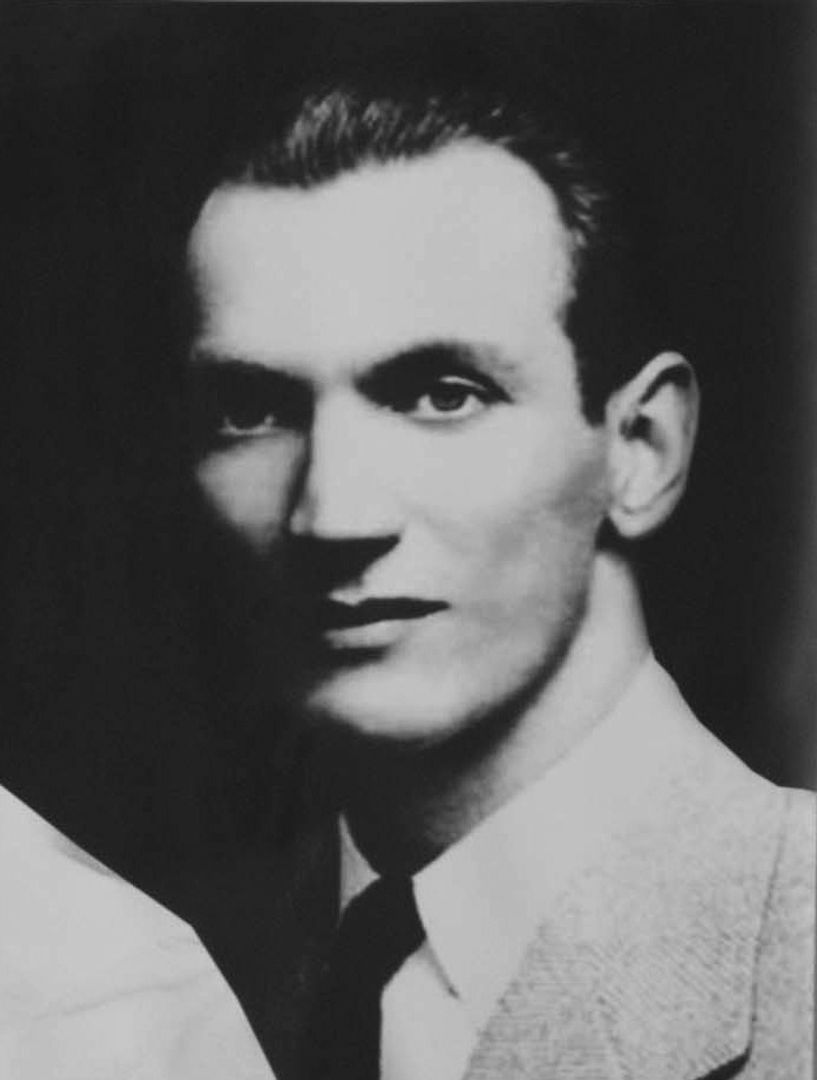The extermination camp in Bełżec
6.81

Overview
The Belzec extermination camp, launched in March 1942, was one of the first German extermination camps in the General Government and operated until June 1943. Created as part of Operation Reinhardt, its purpose was the systematic extermination of Jews, primarily from ghettos and camps across Poland. The camp's design included stationary gas chambers that utilized engine exhaust fumes, making Belzec a kind of testing ground for mass murder techniques later employed in other camps such as Sobibor and Treblinka. Belzec was divided into two zones: Camp I, where victims were received and directed to undressing barracks, and Camp II, where the executions were carried out. Near the railway ramp stood the undressing area, while the extermination zone was camouflaged with trees and other barriers. Due to the brutal deportations conducted under inhumane conditions, the victims were completely unaware of their impending fate, which intensified the bitterness and tragedy of the situation. From June 1942 to December 1942, as a result of intensive transports, Belzec became a site of mass murder, where approximately 450,000 Jews and a small number of Poles were killed. Jewish work details were also forced to labor in the camp, performing tasks related to clearing and burning corpses, which granted them a temporary reprieve from the death sentence. After the extermination operation concluded, the Germans took steps to erase the traces of their crimes by demolishing camp buildings and burning the victims' bodies. A memorial was unveiled in 1963, but for many years Belzec remained largely forgotten, and its history was poorly documented. It was not until the 1990s that broader efforts were undertaken to commemorate the victims. The new museum, established in 2004, strives to document the camp's history, while its architectural design draws on Jewish tradition, redefining the space to pay homage to the dead and preserve the memory of their tragic fates. It is worth emphasizing that Belzec was the first of the camps to be dismantled, and the number of its victims remains a subject of historical research, continually evoking emotions and reflections on the crimes of the Holocaust.
Location
You can also find here:
2025 Wizytor | All Rights Reserved
